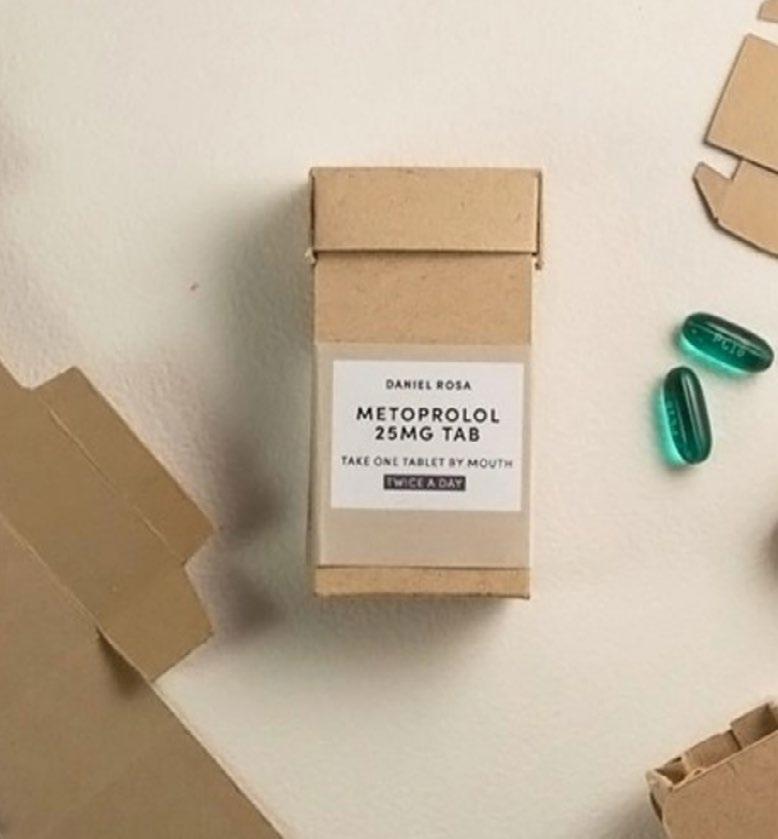Making pharma packaging sustainable By Nazneen Rahman, CEO YewMaker, Director Sustainable Medicines Partnership
The NHS has announced an ambitious decarbonisation plan to become net zero by 2045. How can pharmaceutical packaging rise to this challenge? he climate emergency is
a health emergency. The
consequences of climate
change – heatwaves, air pollution,
flooding – increase health burdens and compromise health services. It is a tragic irony that healthcare is one of the biggest contributors
to carbon emissions. If healthcare were a country, it would be the
fifth largest emitting country in the world. Healthcare needs to clean up.
The NHS is pioneering the changes the world needs, as set out in
their radical roadmap, ‘Delivering
26.
a Net Zero Health Service’. The
Today, every medicine package
packaging by at least 25% by 2025
leaflet, even if the medicine is only
plan includes targets for reducing
and for ensuring packaging is from renewable or recycled sources
and is fully recyclable. Medicines
account for 25% of NHS emissions and sustainability commitments
from suppliers will be required from as soon as 2022. To deliver these sizeable goals, pharmaceutical packaging will need to think outside the box. Going digital
There is a simple solution that
would reduce packaging weight, stop millions of medicines being
discarded during manufacturing,
save millions of trees, save enough energy to power thousands of homes, and would enhance
patient experience and adherence. It sounds like a miracle, but it is the humble change of removing the
paper patient information leaflet
from inside medicine packets and providing the information in more patient-centred formats.
packagingbirmingham.com | packaging-london.com
must include a patient information administered in hospital (when the leaflet is not given to the patient), or if it is a tablet you have taken,
every day, for years. To add insult to injury the leaflets are not userfriendly and are rarely read. The
writing is too small, too technical, and mostly not relevant. Most
people would prefer searchable,
online, up to date information that could be personalised, read out
if we are visually impaired, easily translated to our language, and
with links to videos to show us how to use medicines, like inhalers.
Written information must always be accessible to everyone that wants it, but we need to move
to digital information being the
default, with paper being available only when needed. This simple
change would have huge positive
environmental impacts and would substantially reduce the volume and waste of pharmaceutical packaging.

















